Ice Fishing: 5 Steps for Prepping Your Gear Like a Pro
Joel Nelson 11.16.17
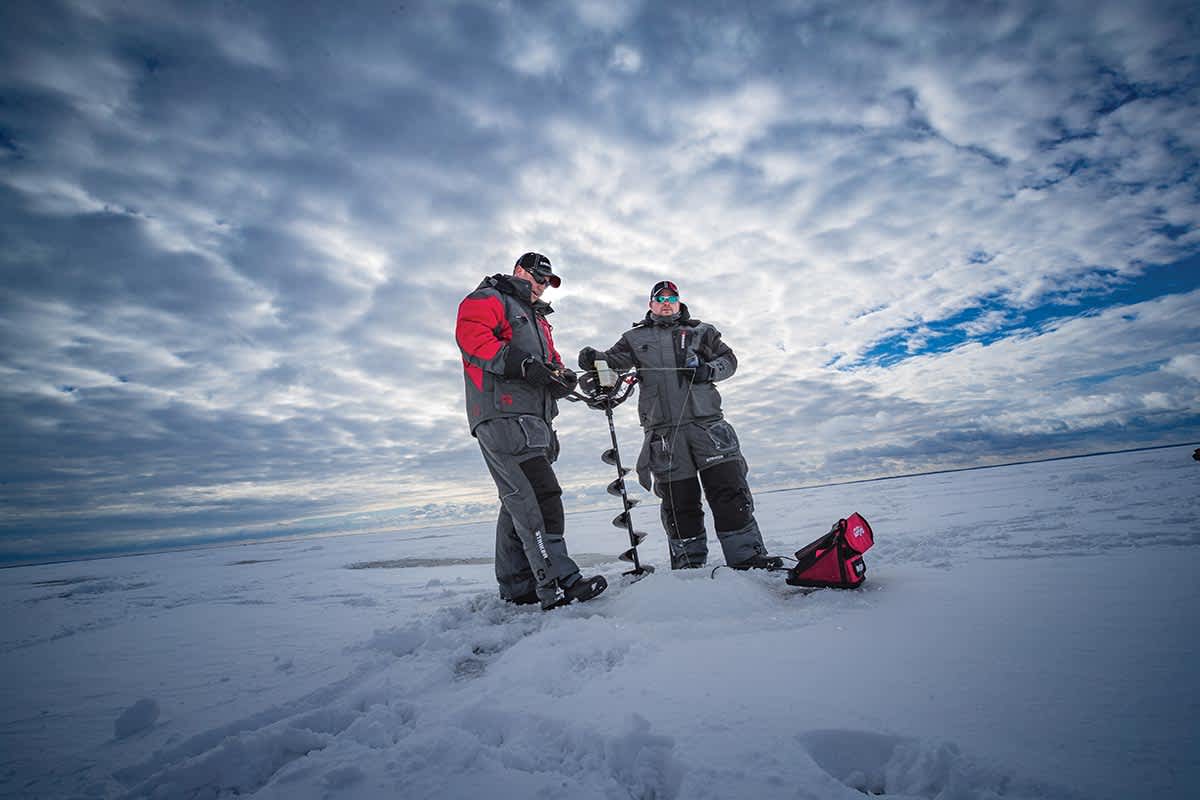
Ice anglers are a nervous bunch it seems, from about the time of the whitetail rut, all throughout November. Even if ice doesn’t come in their neck of the woods until December, it seems we find more ways to worry about getting ready for it than we do once it’s actually here.
While I can’t do anything about ice-formation, I can certainly give you a peek at my pre-ice checklist. Get the prep-work done, then rest easy until we get some single digit temps and calm winds.
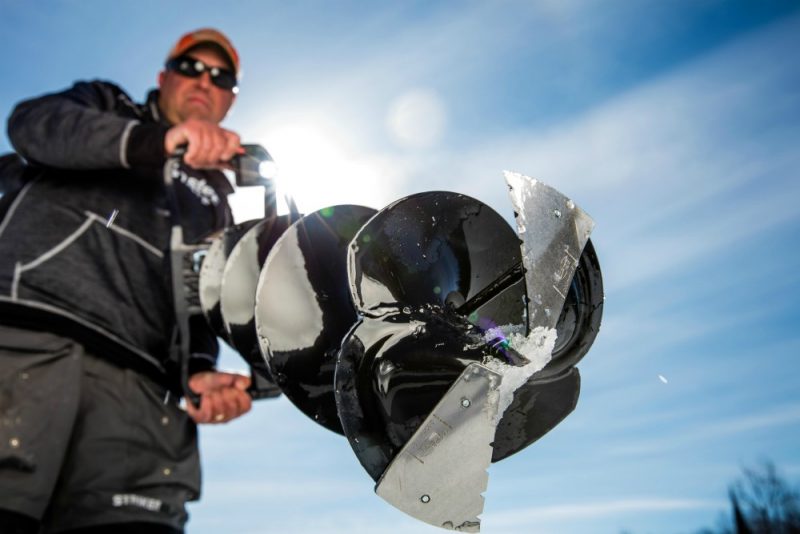
1. Auger
Traditionally, gas-powered engines have made this the first item on my checklist. Should you need a carburetor adjust or other fix, you might be a few weeks out. Better to work on this one sooner rather than later, while service center lines are short and turnaround times are quick.
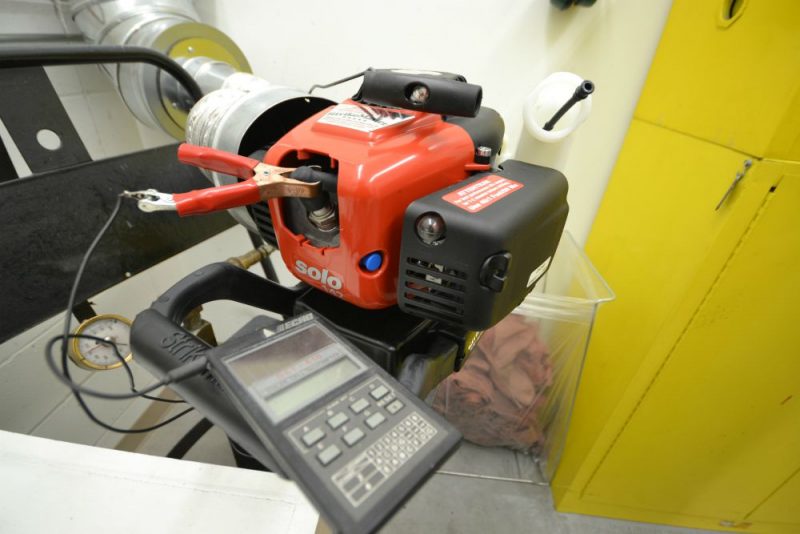
To prep any auger, you first need winter-blend fuels sold in the ice-belt usually anytime in November. Pre-mix your fuel, or purchase some of the handy pre-mixed gas in a can. Check your spark plug, auger flighting, and blade sharpness, then turn over the engine. If you’re choking and adjusting throttle like mad just to get it to fire, think how much harder that’s going to be on a frozen sheet of ice.
Of course, if you’re part of the electric auger crowd, simply test your batteries, blades and general condition to make sure you’re ready to drill first ice.
2. Shelter
This comes next on my list as I want to make sure I have time to assess any items that may be broken, torn, or otherwise not functional. Then, I still have ample time to replace items or add new ones such as a light bar, cargo nets, hooks, etc. Were you sick and tired of the bottom of your portable shelter sled holding snow and water last year? Then consider drilling small holes at the back end of the sled in the bottom of the runner wells. That way, as your gear warms and dries, simply prop up the front part of your shelter to allow water to drain out.
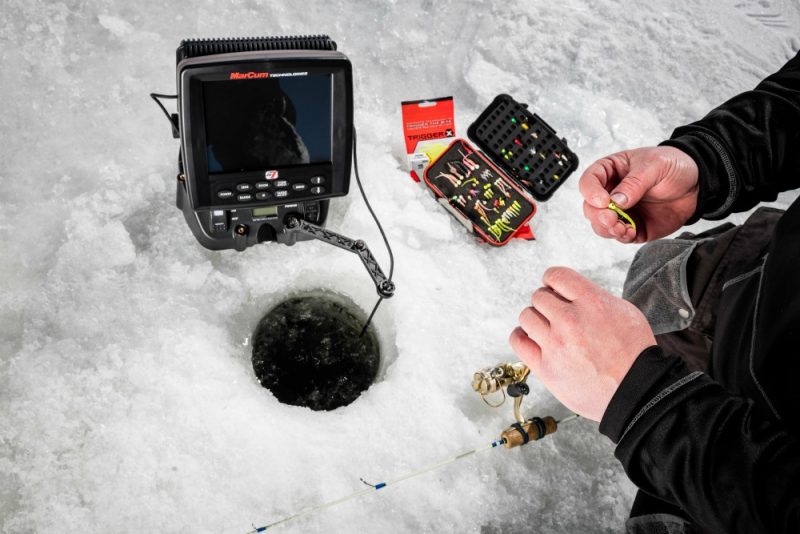
3. Electronics
A quick look at your battery and its condition, as well as general operation of the unit itself, completes the trifecta of your big-ticket item pre-ice checklist. Look for a shifting screen, poorly lit marks, loose knobs, frayed cables, or loose connections. All these issues can be carry-overs from the year prior and will make the new year on ice that much more difficult. Again, customer service waits are very short right now, but will be long when everyone breaks out their flasher for the first time of the new ice season. Stay ahead of the curve and be ready to fish when others aren’t.
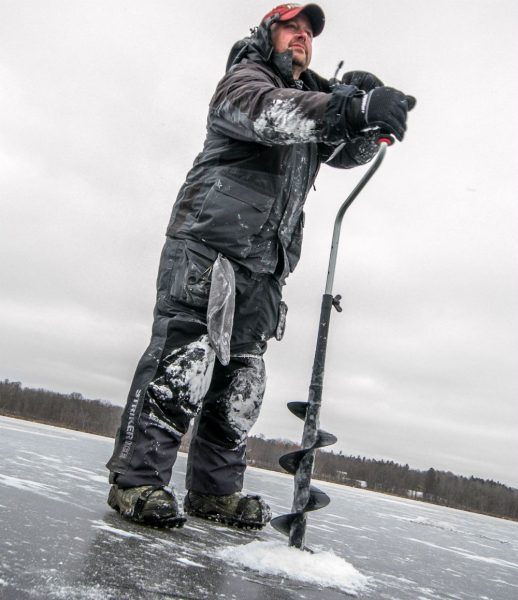
4. Outerwear and Boots
This could be one of the most overlooked areas to prep for all ice anglers, especially during early ice, when you’re often fishing outside of a shelter or at least roaming the open ice to check for safety. Consider a floating bib and jacket combination that’s designed for the ice, and line its pockets with everything you’ll need. Headlamps, bait-pucks, hand-towels, measuring tapes, superline scissors, GPS, and forceps all fit inside the pockets of my on-ice outerwear. Boots are a subject unto themselves, but make sure your footwear doesn’t leak, and consider equipping them with ice cleats for slick first ice.
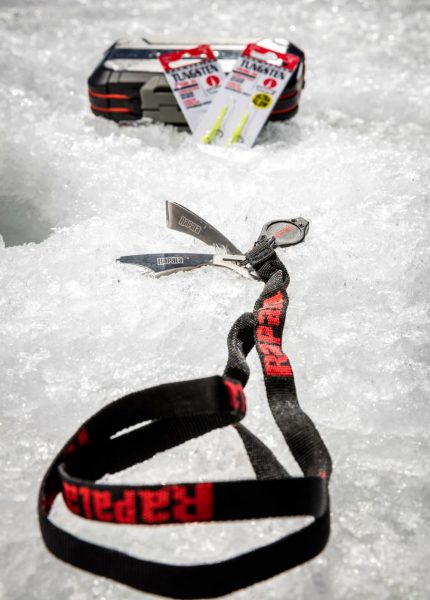
5. Tackle
I start with putting fresh line on every ice reel I own. It’s cheap insurance, and tiny 500 series reel spools are made to create memory in ice line. Make sure that reels are firmly taped and/or seated on rod seats, and that everything fits into your transportation tote or rod-box of choice.
Consider how you’ll fish, where, and for what species. Go through the scenarios of what species you’ll likely fish for and where. Configure your storage solutions accordingly. For me, it’s Ziploc bags for small jigs and plastics, individually labeled and sorted, then stuffed into a tackle bag. For hard baits and spoons, I run a series of small boxes that I can separate easily and keep on my person only what I need. Rarely do I bring everything, but I’m still striving for the perfect solution as we all are.
Regarding bait, consider buying in bulk, as I’ll typically buy 1,000 euros at a time then dip ice pucks into that stock as necessary to refill. If they’re left outside to freeze or otherwise die, you haven’t lost it all, and you need to restock less often.
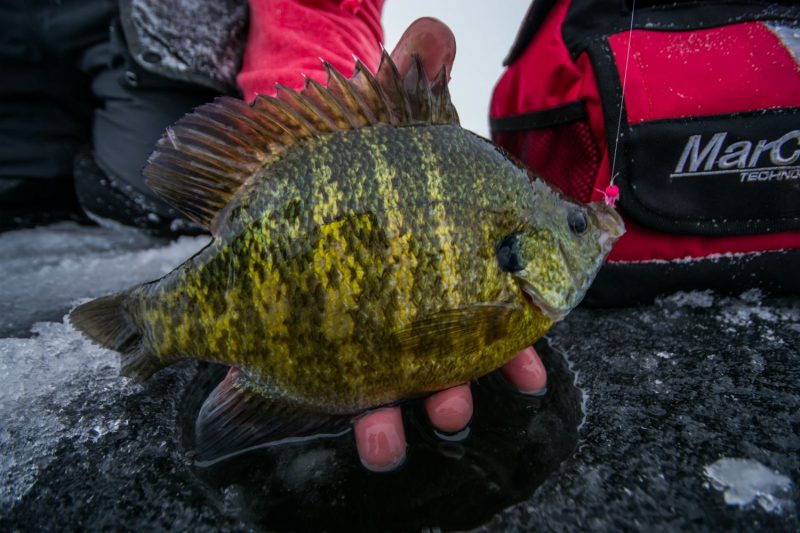
Lastly, and this is the fun part, gather all your ice tackle in a single location, spread them out on the floor and admire how large the pile has become. Make sure to do so in the absence of your significant other, or you’ll likely be prevented from ever adding to it again. Go through old baits, replace hooks as needed and, more than anything, take good inventory on what needs re-stocking.
Be honest with yourself. This is a difficult task. Work new baits and lures into the rotation, but do so sparingly, and then, only in a few selected colors and sizes. Instead, focus on your staples, and make sure you have plenty multiples of them. The worst thing you can do when shopping for lures is to buy a smattering of one each in various lure types. Instead, do your research and know your fishing style, then make educated and targeted purchases in multiples of the colors and sizes of baits you know you’ll make use of this winter. While it can be more expensive, you’re far more likely to have what you need when using this system.
I’ve more recently been a fan of shopping for these items online, mostly because I can order these multiples with greater ease, and typically the stock is virtually limitless. Still, whether online or in-store, supply can be sold thin if you wait too long. This is especially true for brand new lures and baits that get a good amount of press.
From here, you’re more prepared than the vast majority of your ice-fishing brethren, and for good reason, first ice can be the best fishing of the year. So, fill your deer tags, get some fresh winter blend fuel in that ice auger, and wait until Mother Nature gives us the icy layer we need to walk on water.


